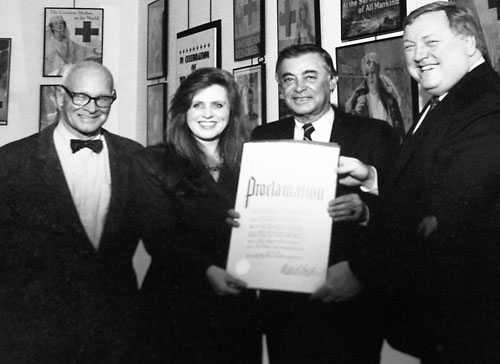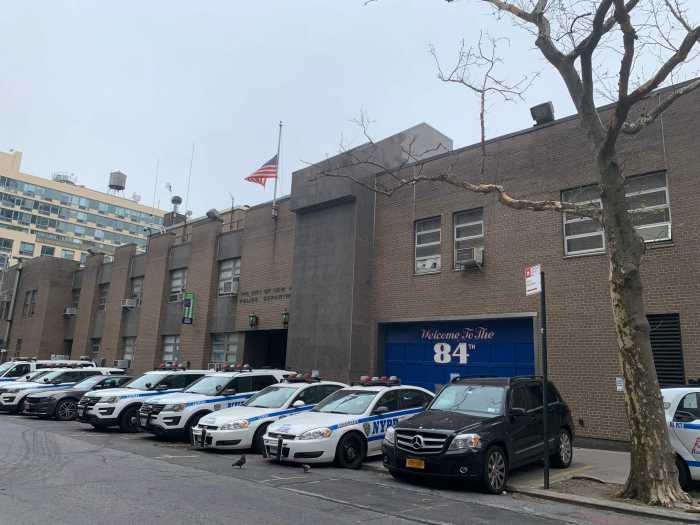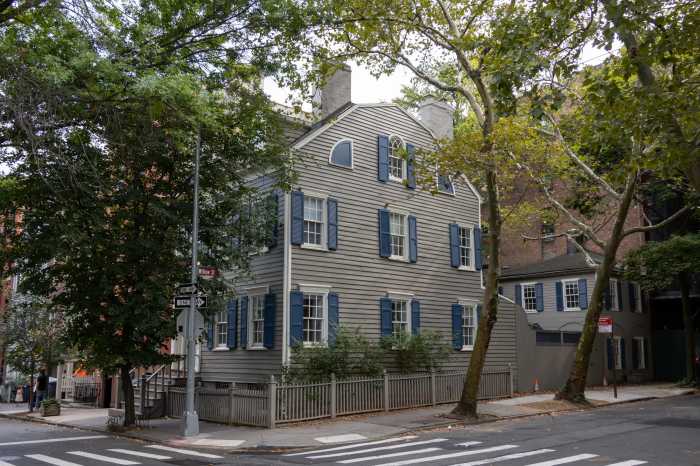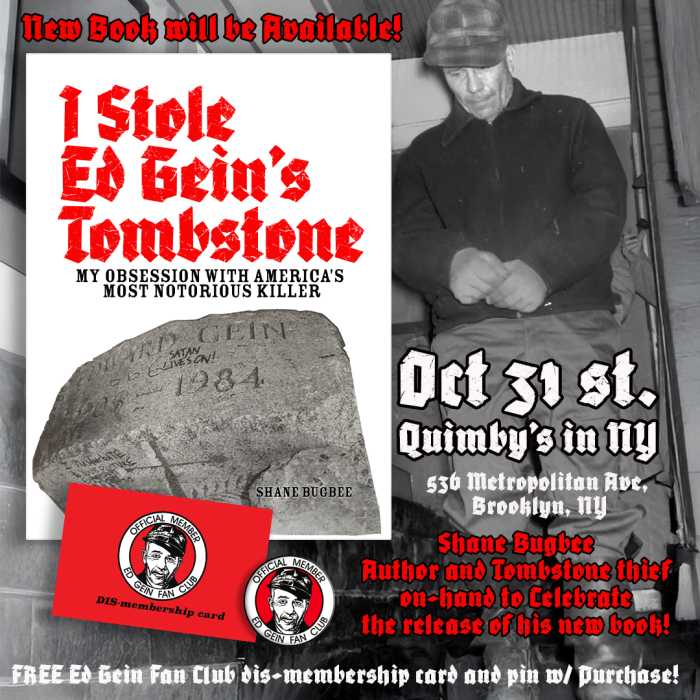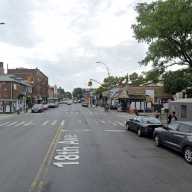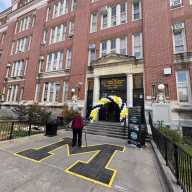Malcolm McKay Chesney, Jr., who was integral in saving Brooklyn Heights and Park Slope from overdevelopment by encouraging people to fix up brownstones in the 1960s, died in his Heights home on Oct. 30 of Alzheimer’s disease. He was 87.
Chesney, an economist by training, ultimately led the economic research division at Brooklyn Union Gas, now National Grid, where he was instrumental in creating the company’s Cinderella Program, which invested in real estate developments and created model homes that used gas-powered appliances and heat, said National Grid’s U.S. Chairman Bob Catell.
“Malcolm Chesney was a real class act, a very smart man,” said Catell. “Malcolm was always a forward thinker, a guy who always came up with new ideas and who came up with new lines of business.”
Chesney “played the major role in the revival of Brooklyn brownstones and Brooklyn,” said preservationist and writer Everett Ortner said. “He was a terrific guy who did a lot of wonderful things.”
But Chesney is most famous in Brooklyn Heights for his work with Otis Pearsall and Martin Schneider, whose Community Conservation and Improvement Council successfully blocked Robert Moses from building studio and one-bedroom apartments as part of an “urban renewal” project in the 1950s.
“Because Malcolm was an economist by training, he brought to the table a whole arsenal of good demographic facts, which we used to open Moses’ eye and turn him around,” said Schneider, who still lives in the neighborhood.
Chesney sat on several community boards, including the Brooklyn Heights Association and the Red Cross’s Brooklyn chapter.
Chesney is survived by his sons Malcolm III and James; his stepchildren, Annelise Goldberg and Carl Baldassarre; and two grandchildren and five step-grandchildren.
The family has requested donations be made in his memory to the Massachusetts Audubon Society at www.massaudubon.org/donate/index.php.


